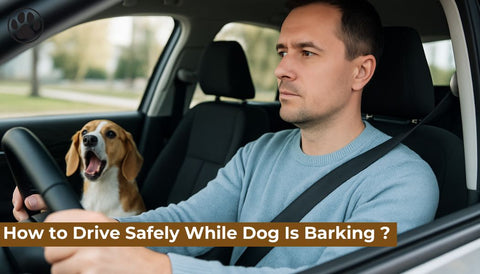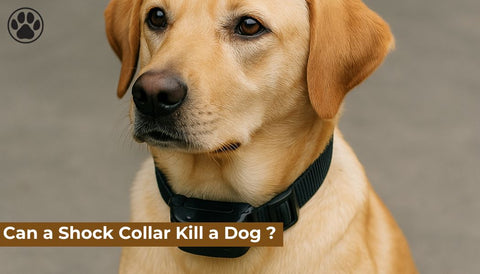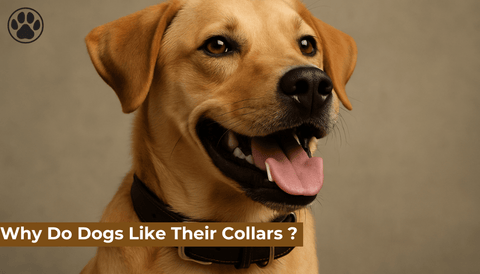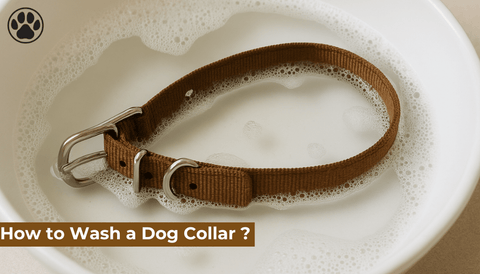
What Happens If a Dog Eats Gum ?
of reading - words
Many dog owners may not realize the potential dangers of dogs eating gum. While gum is a harmless treat for humans, it can be toxic and life-threatening for dogs, especially if it contains xylitol, an artificial sweetener commonly found in sugar-free gum. If your dog has eaten gum, knowing what to do and recognizing the symptoms of poisoning can make a significant difference in their health outcome.
Why Is Gum Dangerous for Dogs?
1. Xylitol Toxicity
Xylitol is a sugar substitute found in many sugar-free gums, mints, and even some peanut butters. While safe for humans, xylitol is extremely toxic to dogs. Even small amounts can cause severe reactions, including low blood sugar (hypoglycemia), seizures, liver failure, and even death.
2. Digestive Blockage
Even if the gum doesn’t contain xylitol, it can still be harmful. Gum is not digestible and can cause an intestinal blockage, especially in small dogs. This can lead to vomiting, discomfort, and the need for emergency surgery.
3. Artificial Sweeteners and Additives
Apart from xylitol, some gums contain artificial sweeteners like sorbitol, aspartame, or mannitol, which can upset a dog's stomach and cause diarrhea or bloating.
Symptoms of Xylitol Poisoning in Dogs
If a dog consumes gum containing xylitol, symptoms can appear within 10 to 60 minutes. These include:
-
Vomiting
-
Weakness or lethargy
-
Loss of coordination (ataxia)
-
Tremors or seizures
-
Pale or blue gums
-
Collapse or unconsciousness
In severe cases, xylitol ingestion can cause liver failure and death within a few hours.
What to Do If Your Dog Eats Gum
1. Check the Ingredients
If your dog ate gum, check the ingredient list to see if it contains xylitol. If unsure, assume it does and act quickly.
2. Call Your Veterinarian Immediately
Even if your dog isn’t showing symptoms, call your vet or an emergency pet poison hotline as soon as possible. Early intervention can save your dog’s life.
3. Monitor for Symptoms
If your dog has eaten gum but isn’t showing symptoms yet, watch closely for vomiting, weakness, or tremors.
4. Do Not Induce Vomiting Without Veterinary Advice
In some cases, inducing vomiting may help, but only if instructed by a veterinarian. Certain substances, like xylitol, are rapidly absorbed, and vomiting may not be effective.
5. Seek Emergency Treatment
Dogs that ingest xylitol-containing gum need immediate veterinary care. They may require:
-
IV fluids to stabilize blood sugar levels
-
Liver protectants to prevent organ damage
-
Hospitalization for monitoring and treatment
How Much Xylitol Is Dangerous for Dogs?
-
0.1 grams per kilogram can cause hypoglycemia (low blood sugar).
-
0.5 grams per kilogram can cause liver failure.
A single piece of gum can contain 0.22 to 1.0 grams of xylitol, meaning even one piece could be life-threatening to a small dog.
Preventing Gum Poisoning in Dogs
1. Keep Gum Out of Reach
Store gum and other xylitol-containing products in secure places, away from dogs.
2. Educate Family Members
Ensure that everyone in your home knows how dangerous xylitol is for dogs and avoids leaving gum within their reach.
3. Be Aware of Xylitol in Other Products
Xylitol is found in more than just gum. Other common sources include:
-
Sugar-free candy and mints
-
Peanut butter
-
Chewable vitamins
-
Toothpaste and mouthwash
4. Train Your Dog
Teaching a "leave it" command can prevent your dog from grabbing dangerous foods off the floor or counters.
5. Choose Dog-Safe Treats
Instead of giving gum, provide dog-safe treats that satisfy their chewing instinct without health risks.
Frequently Asked Questions (FAQ)
1. Can a single piece of gum kill a dog? Yes, if it contains xylitol. The risk depends on the gum's xylitol content and the dog’s weight. Even small amounts can be deadly.
2. What if my dog ate gum without xylitol? While not as toxic, gum can cause digestive blockages, which can still be dangerous, especially in small dogs.
3. How long does it take for symptoms of xylitol poisoning to appear? Symptoms can start within 10 to 60 minutes after ingestion, so immediate veterinary attention is crucial.
4. What are the first signs of xylitol poisoning? The first signs include vomiting, lethargy, loss of coordination, and tremors.
5. What should I do if I suspect my dog ate gum but I’m not sure? Call your veterinarian or a pet poison control center immediately. It’s better to act proactively than wait for symptoms to appear.
Conclusion
A dog eating gum can be a serious medical emergency, especially if the gum contains xylitol. Knowing the dangers, symptoms, and appropriate actions can save your dog’s life. Always keep gum out of reach, educate your household, and act fast if an accident happens. If your dog ever ingests gum, contact your veterinarian immediately to ensure the best outcome.




